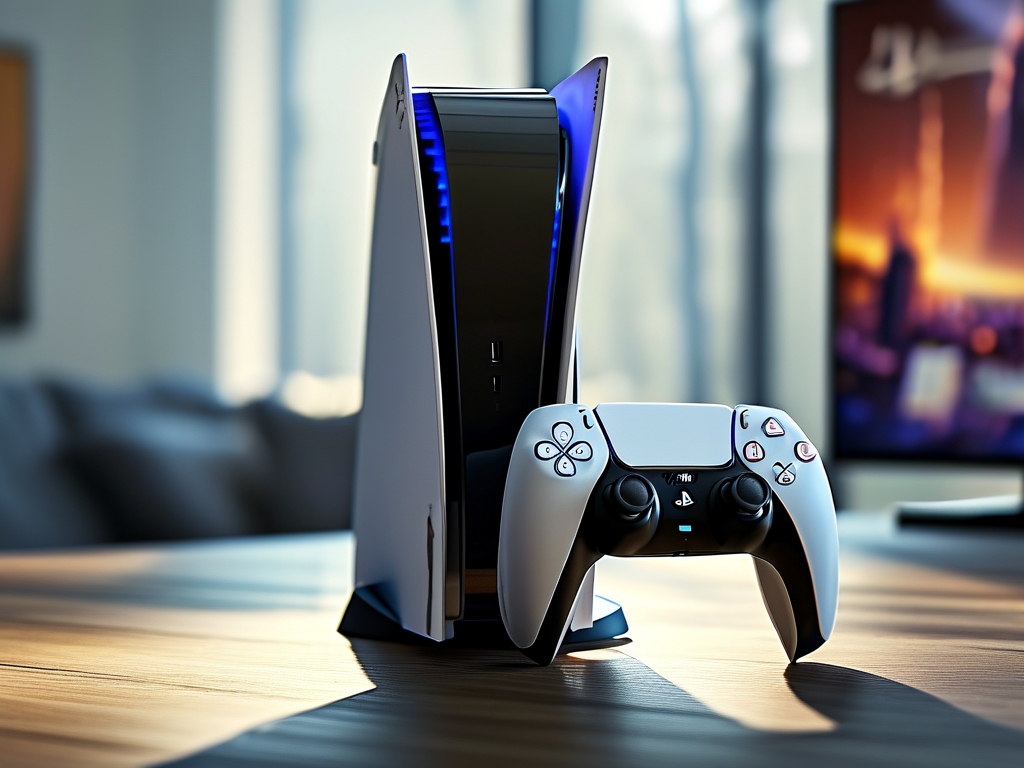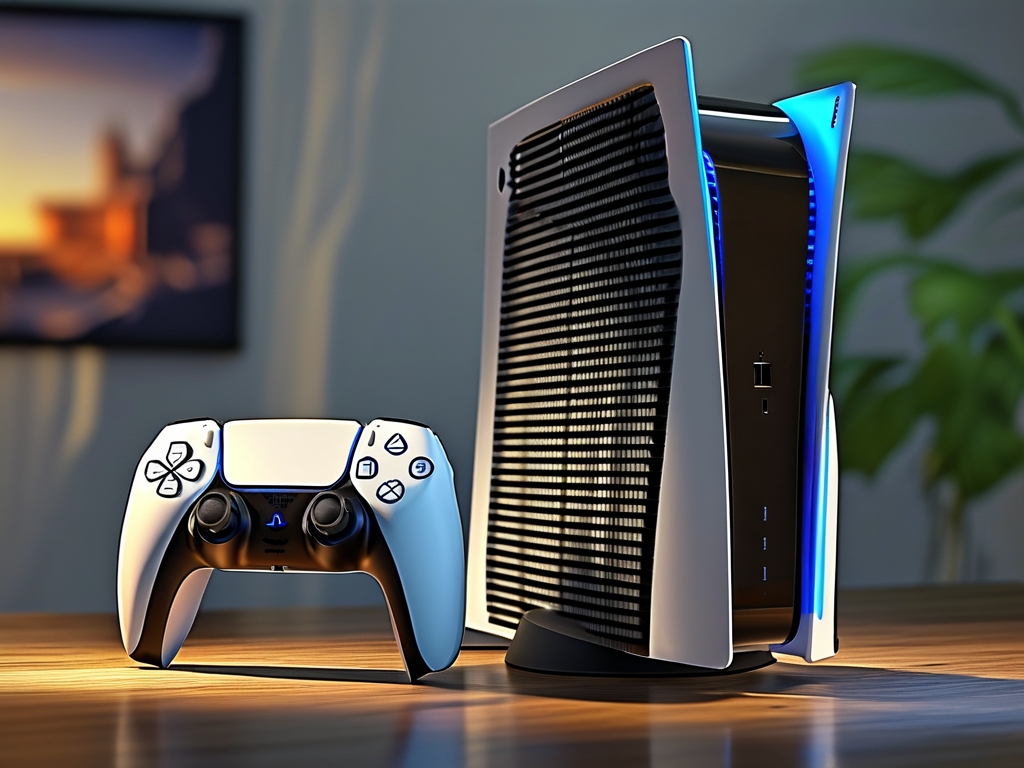The PlayStation 5 (PS5) represents a quantum leap in gaming technology, with its advanced memory management system playing a pivotal role in delivering seamless, high-fidelity experiences. As game developers push the boundaries of visual storytelling and interactive design, understanding the PS5’s memory architecture has become critical for optimizing performance. This article explores the technical foundations of the PS5’s memory system, strategies for efficient resource allocation, and real-world implications for modern game development.
The PS5’s Memory Architecture: A Technical Overview
At the heart of the PS5 lies a custom-designed memory subsystem built around 16GB of GDDR6 RAM, operating at 448GB/s bandwidth. This unified memory pool serves both the CPU and GPU, a departure from previous console generations that segregated memory for processing units. The shared architecture reduces latency and enables dynamic resource allocation, allowing developers to prioritize tasks like texture streaming or physics calculations in real time.
Complementing this is the console’s ultra-fast 825GB NVMe SSD, which achieves raw throughput speeds of 5.5GB/s. The SSD isn’t merely storage—it acts as a virtual extension of the RAM through Sony’s proprietary Kraken decompression technology. This "memory multiplier" effect enables games to load assets on-demand, minimizing the need for large pre-cached data blocks in active memory.
Memory Management Strategies for Developers
-
Data Streaming and Prioritization
Modern PS5 titles like Horizon Forbidden West leverage granular asset streaming. By breaking environments into smaller, dynamically loaded segments, developers reduce memory footprint while maintaining visual fidelity. Priority tags assigned to assets (e.g., player-facing textures vs. background objects) ensure critical resources remain readily accessible. -
Temporal Memory Reuse
The PS5’s hardware-accelerated geometry engine enables techniques like "mesh shaders," which recycle memory allocated for out-of-view objects. For instance, a destroyed building’s memory space can be repurposed for incoming enemy AI calculations without costly reallocation delays.
-
Compression Innovations
Sony’s Kraken algorithm, combined with Oodle Texture, achieves compression ratios of up to 3:1 without visual degradation. In Ratchet & Clank: Rift Apart, this allows instant dimension-hopping by storing multiple world states in memory simultaneously. Developers must balance compression levels against CPU overhead, as aggressive compression can strain decompression threads.
Challenges and Solutions
Memory Fragmentation
While the PS5’s unified memory reduces hardware-level fragmentation, software-level fragmentation remains a concern. Naughty Dog’s The Last of Us Part I remake employs a "memory defragmentation scheduler" that reorganizes data during cutscenes or loading screens, ensuring contiguous blocks for open-world traversal.

Multithreading Synchronization
With 8 Zen 2 CPU cores handling memory operations, race conditions can arise. Epic Games’ Unreal Engine 5 introduces a "memory task graph" system that serializes access requests, preventing conflicts while maintaining parallel processing efficiency.
Ray Tracing Overhead
Real-time ray tracing consumes significant memory bandwidth. Insomniac Games’ solution in Spider-Man: Miles Morales uses adaptive ray budgets, dynamically scaling ray counts based on scene complexity to stay within memory limits.
Case Study: Returnal’s Memory Optimization
Housemarque’s roguelike shooter Returnal demonstrates cutting-edge memory management. The game’s ever-changing environments are supported by:
- Procedural Asset Caching: Frequently reused enemy models and terrain modules remain pinned in memory
- Predictive Loading: Machine learning algorithms anticipate player movement patterns to pre-load assets
- GPU-Driven Rendering: Offloading occlusion culling and LOD calculations to the GPU frees CPU-managed memory
This approach allows Returnal to maintain 60fps despite chaotic particle effects and randomized level layouts.
The Future of PS5 Memory Management
Emerging techniques like Sampler Feedback Streaming (SFS) promise further optimizations. By tracking which texture mipmaps are actually sampled by the GPU, SFS reduces VRAM waste by up to 30%. Meanwhile, Sony’s research into photon-mapped memory prefetching aims to predict asset needs based on light bounce paths in ray-traced scenes.
As SSDs evolve, the line between storage and memory will blur further. The PS5’s upcoming support for PCIe 5.0-compatible drives may enable "direct storage" architectures where game engines access compressed assets from disk without CPU intervention—revolutionizing memory workflows.
The PS5’s memory ecosystem represents a paradigm shift in console design, empowering developers to create richer worlds while managing technical constraints. By mastering its GDDR6-SSD symbiosis, employing smart allocation strategies, and embracing hardware-specific APIs like PlayStation Geometry Engine, studios can unlock unprecedented performance. As the console matures, innovative memory techniques will continue defining what’s possible in next-gen gaming—from sprawling open worlds to instantaneous reality shifts that defy traditional hardware limitations.

